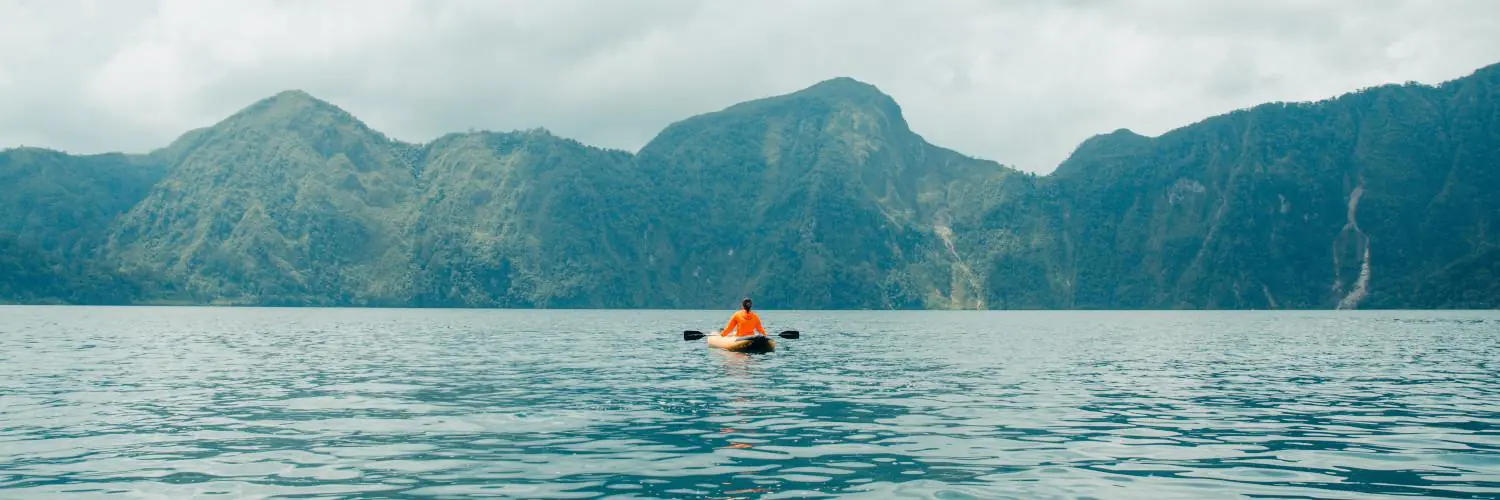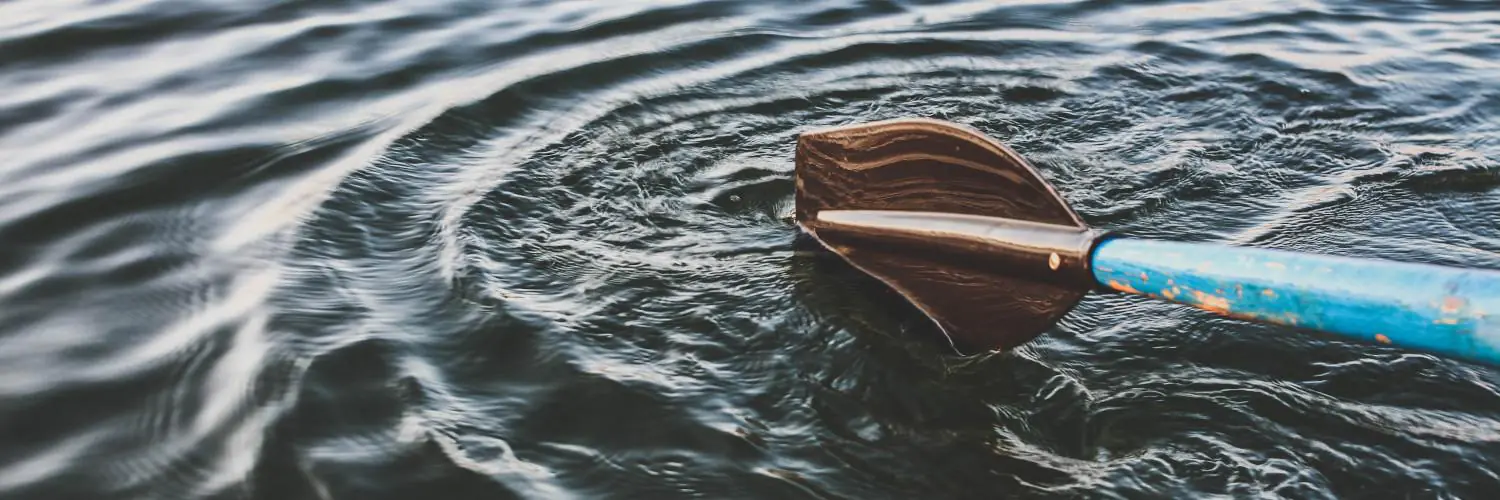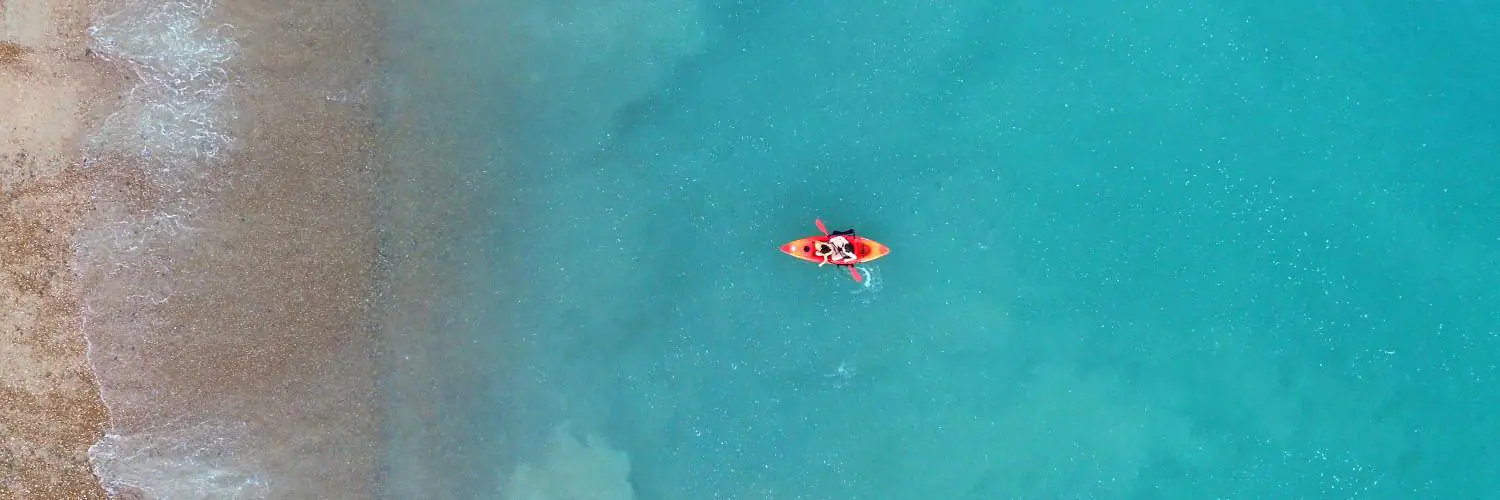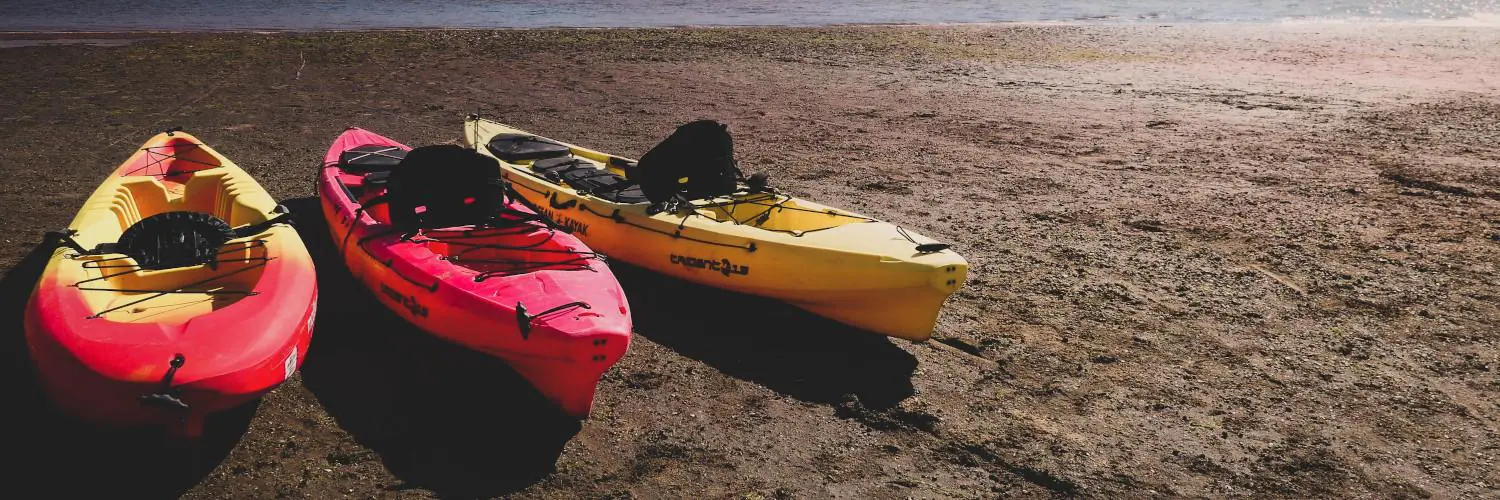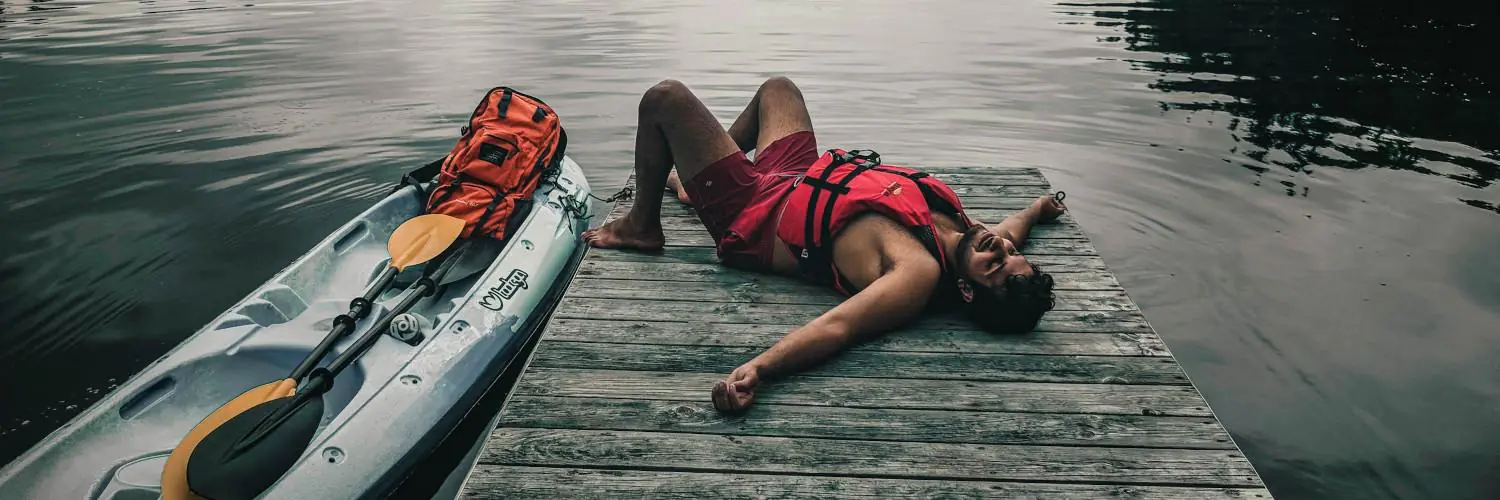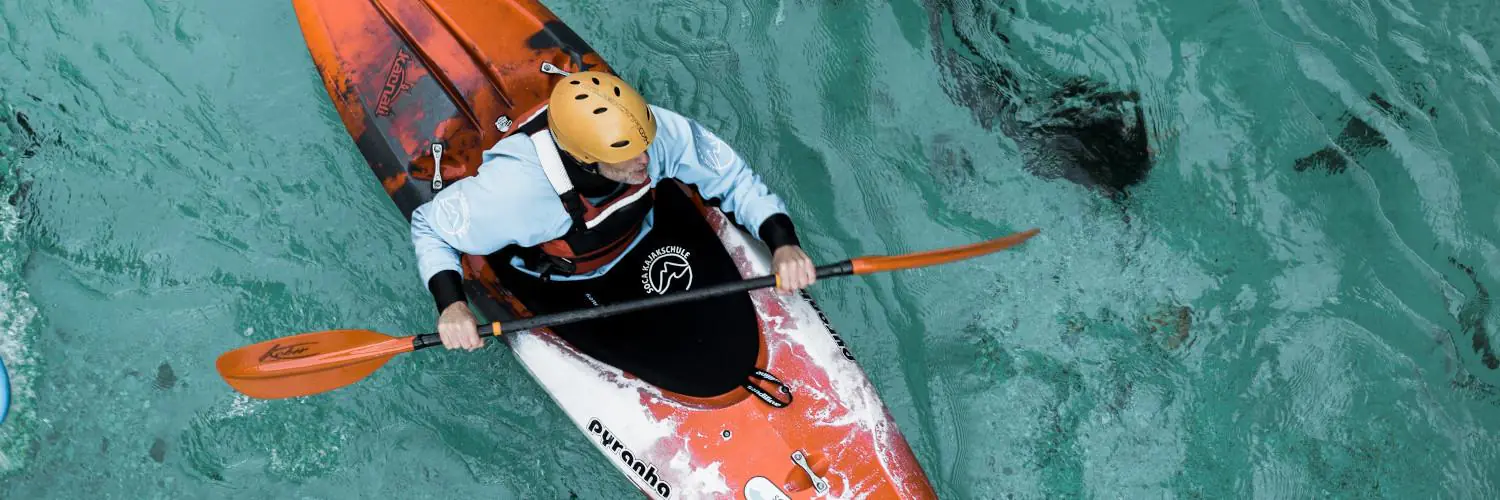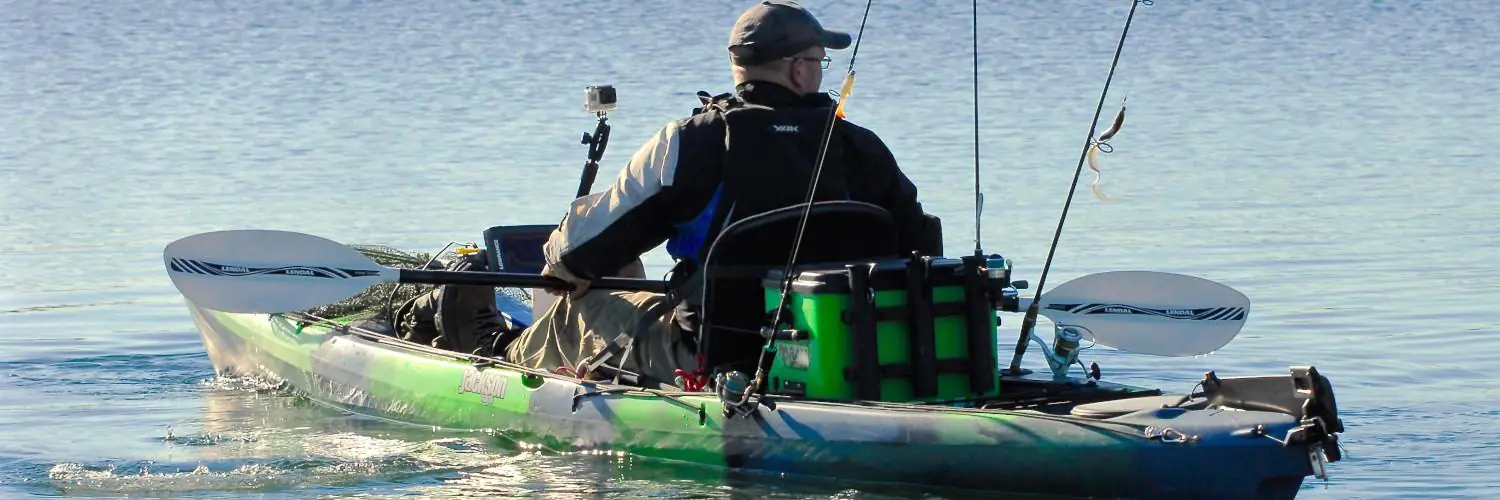Kayaking in Norway offers adventurers an immersive way to experience the country’s stunning fjords, which are among the most dramatic landscapes in the world. The sheer cliffs, towering mountains, and deep, glacially-formed inlets provide a majestic setting for paddlers of all skill levels. Whether navigating the narrow stretches of Nærøyfjorden or exploring the serene depths of Sognefjord or Hardangerfjord, kayakers are treated to an unparalleled view of nature’s grandeur.
Norway’s extensive coastline, dotted with numerous fjords, is a paradise for those seeking a mix of adventure, tranquility, and natural beauty. The act of paddling through these ancient waterways, often accessible only by boat or kayak, enables one to connect with the environment intimately. With the tranquil waters reflecting the sky and mountains, one can witness the interplay of elements up close, from cascading waterfalls to the diverse wildlife that inhabits these regions.
The experience of kayaking in these fjords is made richer by the guidance of experienced tour operators, who not only ensure the safety of the participants but also share valuable insights about the local ecosystems and cultural history. The unique perspective gained from a kayak, at the water’s level, allows for a quiet appreciation of Norway’s grandeur that is both profound and personal. Engaging in this activity, therefore, is not just about the physical journey but also a way to gain a deeper understanding of the majesty and complexity of the fjord landscape.
Table of Contents
Planning Your Kayak Trip
When venturing into the Norwegian fjords, thorough preparation is vital. Selecting the appropriate season, knowing what to pack, and setting realistic expectations for the trip’s duration and difficulty are key steps to ensure a memorable kayaking experience.
Choosing the Right Season
The best time for kayaking in Norway’s fjords is typically between May and September when the weather is milder and daylight hours are extended. However, one must consider:
- May to June: Longer days and snow-capped mountains, often fewer tourists.
- July to August: Peak tourist season, warmer water temperatures, but busier.
- September: Quieter waters, a chance of seeing the Northern Lights as the days shorten.
Equipment and Packing List
Adequate preparation involves a comprehensive packing list encompassing both personal gear and kayaking equipment. It’s recommended for kayakers to focus on essentials that ensure safety and comfort:
- Kayaking Equipment:
- Kayak suitable for fjord waters
- Paddle
- Personal flotation device (PFD)
- Spray skirt
- Map and compass or GPS
- Dry bags for personal items
- Bilge pump and sponge
- Personal Gear:
- Waterproof clothing (jacket and pants)
- Layered clothing for changeable conditions
- Sunscreen, sunglasses, and hat
- Sturdy water shoes
- Gloves for hand protection
Travel insurance, meeting any unique requirements, and itineraries should account for emergency scenarios and unexpected weather changes. Beginners should consider a guided tour which can provide additional safety equipment and local knowledge.
Determining the Duration and Difficulty
The duration of a kayaking trip in the fjords can vary from a few hours to multiple days. Factors to assess include:
- Skill Level: Beginners might prefer shorter, guided tours, whereas seasoned paddlers could opt for longer, self-directed excursions.
- Itinerary: Destinations such as Lysefjord and Nærøyfjord offer varying levels of challenge and can include sights like Pulpit Rock and cascading waterfalls.
- Physical Condition: Long distance paddling requires stamina and appropriate training.
For multi-day tours, one must plan for overnight camping or cabin stays and take into account the potential need for additional provisions and equipment.
Exploring the Fjords by Kayak
Kayaking in Norway’s fjords offers immersion into staggering landscapes where one can paddle amidst towering cliffs, witness tumbling waterfalls, and encounter diverse wildlife.
Nærøyfjord and Geirangerfjord Tours
Nærøyfjord, an arm of the vast Sognefjord, is revered for its dramatic scenery and narrow passages. Kayak tours here provide an intimate experience of Norway’s narrowest fjord, allowing paddlers to navigate through serene waters surrounded by steep mountains. Geirangerfjord, another UNESCO World Heritage site, offers spectacular views of its famous waterfalls, such as the Seven Sisters and Bridal Veil, during guided kayak excursions. These tours vary in duration and are suitable for different skill levels, but all require pre-booking and typically include a comprehensive safety briefing.
- Key Tours Highlights:
- Nærøyfjord: Narrow passages, steep mountainsides.
- Geirangerfjord: Iconic waterfalls, guided excursions.
Wildlife and Nature Encounters
While embarking on a kayak journey, one often encounters a variety of fjord wildlife. Paddlers might spot porpoises gently surfacing or seals lounging on rocks. Birdwatchers relish the opportunity to see majestic eagles soaring above. It’s not uncommon for locals to share stories of sightings, making kayaking an excellent way to connect with both nature and the culture of the fjord regions.
- Typical Wildlife Seen:
- Marine Mammals: Seals, porpoises.
- Birds: Eagles and other seabirds.
Kayaking Techniques and Safety
Prior to setting out, participants receive a safety brief, emphasizing the importance of wearing life jackets and respecting the fjord’s natural elements. Instructors cover basic kayaking techniques, ensuring that even beginners can handle their kayaks confidently. Paddlers learn how to read the water and weather conditions, essential skills for navigating the serene yet dynamic fjord landscape. Safety is paramount, and guides are equipped to handle emergencies.
- Safety Essentials:
- Life jackets are mandatory.
- Basic techniques: Paddle strokes, maneuvering, capsize recovery.
- Kayaking Tips:
- Stay aware of changing weather conditions.
- Follow the guide’s instructions for a safe experience.
Accommodations and Additional Activities
Norway’s fjord region offers a variety of accommodation options ranging from camping under the stars to cozy cabins, with a wealth of additional activities like hiking and exploring cultural sites. Travelers can enrich their kayaking experience by engaging with the land and its offerings.
Camping and Overnight Stays
Camping:
- Fjordkick Cabins: Provides a picturesque view of fjords and mountains, such as Lihesten.
- Roadless Villages: Opportunity to camp in unique, remote locations accessible by kayak.
Accommodation Options:
- Cabins: Fully-equipped cabins offer comfort after a day of paddling.
- Mountain Farms: Stay at traditional farms for a touch of Norwegian culture.
Hiking and Exploring the Vicinity
Hiking:
- Guided Hikes: Explore majestic landscapes with knowledgeable guides.
- Self-Guided Trails: Maps and marked trails available for independent adventure seekers.
Culture and Food:
- Local Cuisine: Many accommodations provide local food options for a taste of Norway.
- Cultural Experiences: Visit mountain farms and cultural sites to understand the region’s heritage.
Travelers should ensure they have the necessary provisions for their chosen activities, and always respect the natural environment and local customs during their stay.
Understanding Fjord Norway’s Heritage
The heritage of Fjord Norway is deeply entwined with its dramatic landscapes and rich cultural history, ranging from Viking origins to UNESCO World Heritage status.
The History of Norwegian Fjords
Norwegian fjords are a testament to the immense power of glacial and geological processes over millions of years. They are deep, narrow inlets carved by the movement of glaciers during the last ice age, flanked by towering cliffs and steep mountains—demonstrations of nature’s artistry. The Geirangerfjord and Nærøyfjord are listed on the UNESCO World Heritage List, recognized for their exceptional natural beauty and the way they encapsulate the history of the Earth’s evolution.
The fjords’ views offer us a journey back in time. For instance, Nærøyfjord, the narrowest fjord in Norway, provides an opportunity to see and understand the sheer scale of geological periods, as its surrounding mountains are said to be 50 million years old.
Cultural Heritage and Local Life
The cultural heritage of Fjord Norway is inexorably linked to the natural environment. The fjords have been navigated by boats for centuries, and to this day, kayaking remains a popular way to experience the region’s heritage closely. Exploring the fjords by kayak offers an intimate view of these ancient waters, similar to how the Vikings would have witnessed them.
Local life in the fjord regions of Norway is rich with traditions that have endured through the ages. The locals have adapted their lifestyles to the land and seascape, with fishing and boating being integral to their culture and subsistence. Today, visitors can immerse themselves in this living heritage by participating in guided fishing trips or visiting historical sites where they can learn about the Viking history that once dominated these waters.
Practical Information for Kayakers
Before setting out on the majestic fjords of Norway, it’s important for kayakers to be well-informed about what to expect from guided tours and the safety measures that ensure an enjoyable experience.
What to Expect on a Guided Tour
Guided tours provide an immersive way to explore Norway’s fjords with expert guidance. Meeting points are typically established and easy to locate; for example, tours in Flåm may convene at a designated cabin on the beach. The duration of a tour can vary, with options often ranging from short 3-hour excursions to multi-day adventures that may include additional activities like hiking. Tours are designed to accommodate families, with minimum age requirements ensuring safety—usually, children must be at least 5 years old and accompanied by an adult.
| Location | Typical Duration | Notable Fjords | Minimum Age |
|---|---|---|---|
| Flåm | 3 hours | Nærøyfjord, Aurlandsfjord | 5 years |
| Voss | Varies | Hardangerfjorden | 5 years |
| Stavanger | Varies | Lysefjord | Depends on tour |
| Hellesylt/Geiranger | Half-day to several days | Geirangerfjord | Depends on tour |
Most tours supply necessary equipment such as a kayak, paddle, vest, and a hat or helmet. Concerning accessibility, some locations like Voss and Stavanger offer airport transfers to and from the kayaking sites.
Kayaking Safety and Best Practices
Safety is paramount when kayaking through Norway’s fjords. Kayakers are usually provided with a life vest and are expected to wear it at all times while on the water. Weather in the fjords can be unpredictable; hence, checking the weather forecast and dressing in layers is advised. Safety briefings prior to launching the kayaks cover hand signals, emergency procedures, and paddling techniques—the essentials for both novices and seasoned paddlers to navigate fjords like the narrow passageways of Geiranger or the open waters of Lysefjord.
| Safety Equipment | Usage | Provided by Tour |
|---|---|---|
| Life vest | Mandatory at all times on the water | Yes |
| Helmet/Hat | Protection & warmth | Yes |
| Waterproof bags | Keep personal items dry | Often Yes |
For those venturing independently, it is crucial to inform someone about the trip details and expected return time. Always kayak with at least one companion for added safety.

